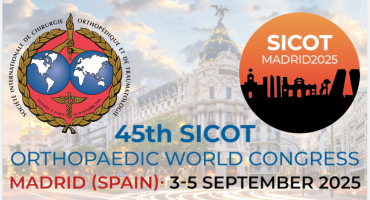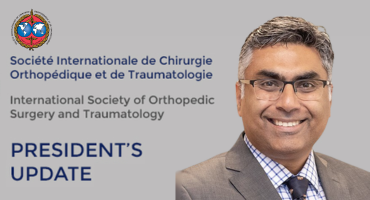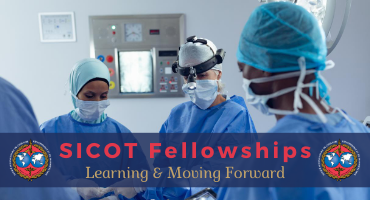Development and validation of the nomogram of high fascial compartment pressure with pilon fracture
Int Orthop. 2025 Jan 8. doi: 10.1007/s00264-024-06402-2. Online ahead of print.
ABSTRACT
PURPOSE: High Fascial Compartment Pressure (HCP) is one of the most common complications in ankle fractures. This study aimed to investigate the incidence of HCP in pilon fracture and analyze the risk factors of HCP in order to closely monitor its further development into Acute Compartment Syndrome. A nomogram is constructed and validated to predict HCP in patients with pilon fracture.
METHODS: We collected information on 1,863 patients with pilon fracture in the 3rd Hospital of Hebei Medical University Hospital from January 2019 to March 2024. Patients with HCP were assigned to the HCP group and those without HCP to the non-HCP group. The inpatient medical record system was inquired for data collection, including demographics, comorbidities, injury types, and laboratory biomarkers. Variables with a significance level of P < 0.05 in the univariate analysis were included in the multivariate logistic regression analysis. The backward stepwise regression method was applied to identify independent risk factors associated with HCP. The selected predictors were then entered into R software for further analysis, and Nomogram construction.
RESULTS: The rate of HCP was 11.57%. Several predictors of HCP were found, including Body Mass Index (BMI) (p<0.001), Deep Vein Thrombosis (p < 0.001), occurrence of Fracture Blister (FB) (p < 0.001), use of Dehydrating Agent (p < 0.001), duration of limb immobilization (p < 0.001),and Systemic Immune-inflammation Index (SII) (p < 0.001). In addition, BMI (p < 0.001, OR 1.52, 95% CI 1.35 to 1.71), DVT (p < 0.001, OR 4.35, 95% CI 2.51 to 7.52), duration of limb immobilization (p < 0.01, OR 1.66, 95%CI 1.25 to 2.20) and SII (p < 0.01, OR 1.00, 95%CI 1.00 to 1.00) were correlated with increased HCP risk. Meanwhile, FB (p < 0.001, OR 0.23, 95% CI 0.13 to 0.39) and Dehydrating Agent (p < 0.001, OR 0.10, 95% CI 0.06 to 0.19) were associated with decreased HCP risk. The nomogram was established based on six predictors independently related to HCP.
CONCLUSIONS: Our investigation has shown that, compared with tibial diaphyseal fractures, pilon fractures are more prone to HCP because of their high energy injury characteristics. This research also shows BMI, DVT, occurrence of FB, use of Dehydrating Agent, duration of limb immobilization, and SII are independent risk factors for HCP in patients with pilon fracture. We have also devised a nomogram grounded in these identified predictors. In particular, this study found for the first time that SII is an independent risk factor for HCP, which provides a basis for clinical and basic science research on fascial immunology in the future.
PMID:39774930 | DOI:10.1007/s00264-024-06402-2














